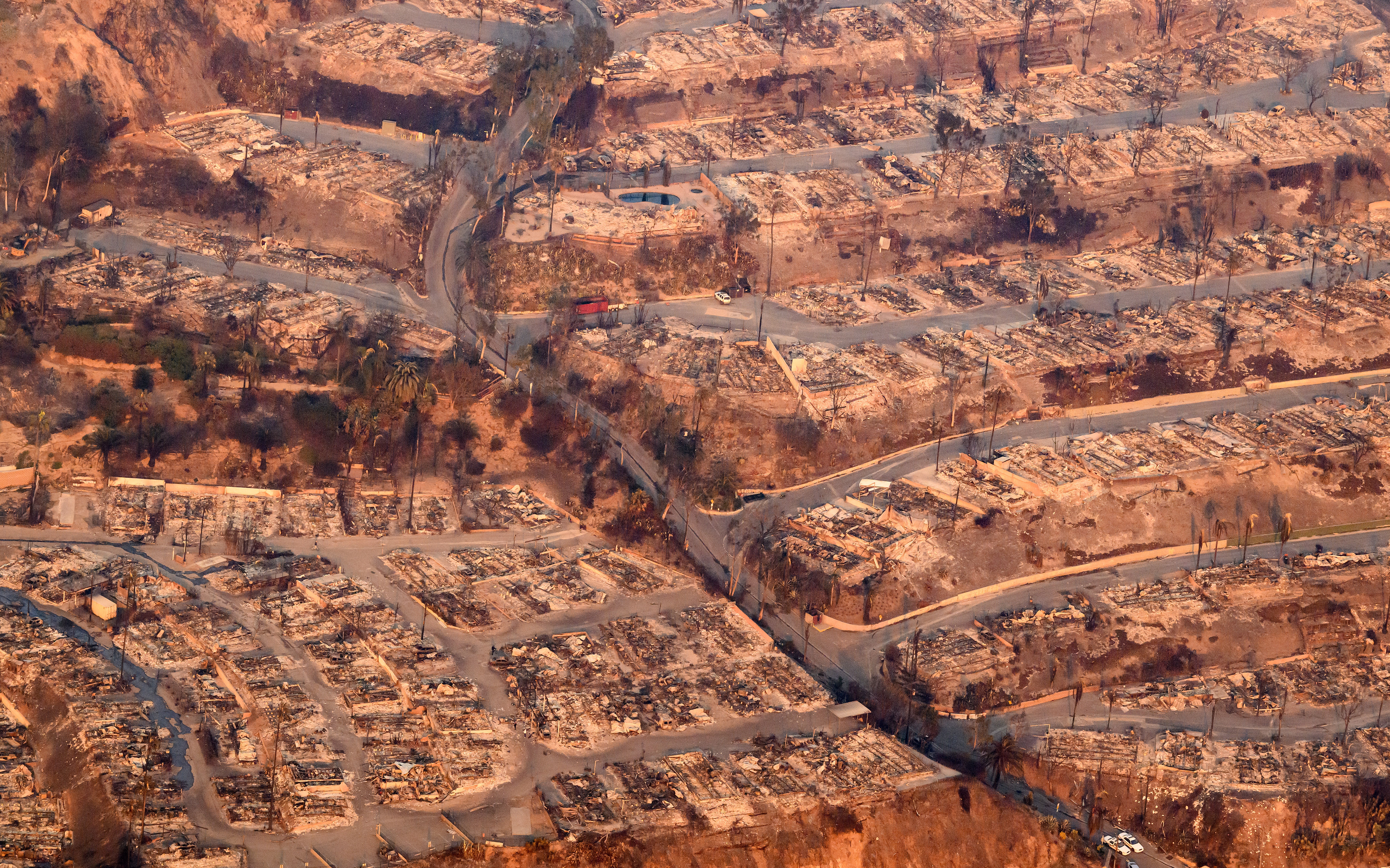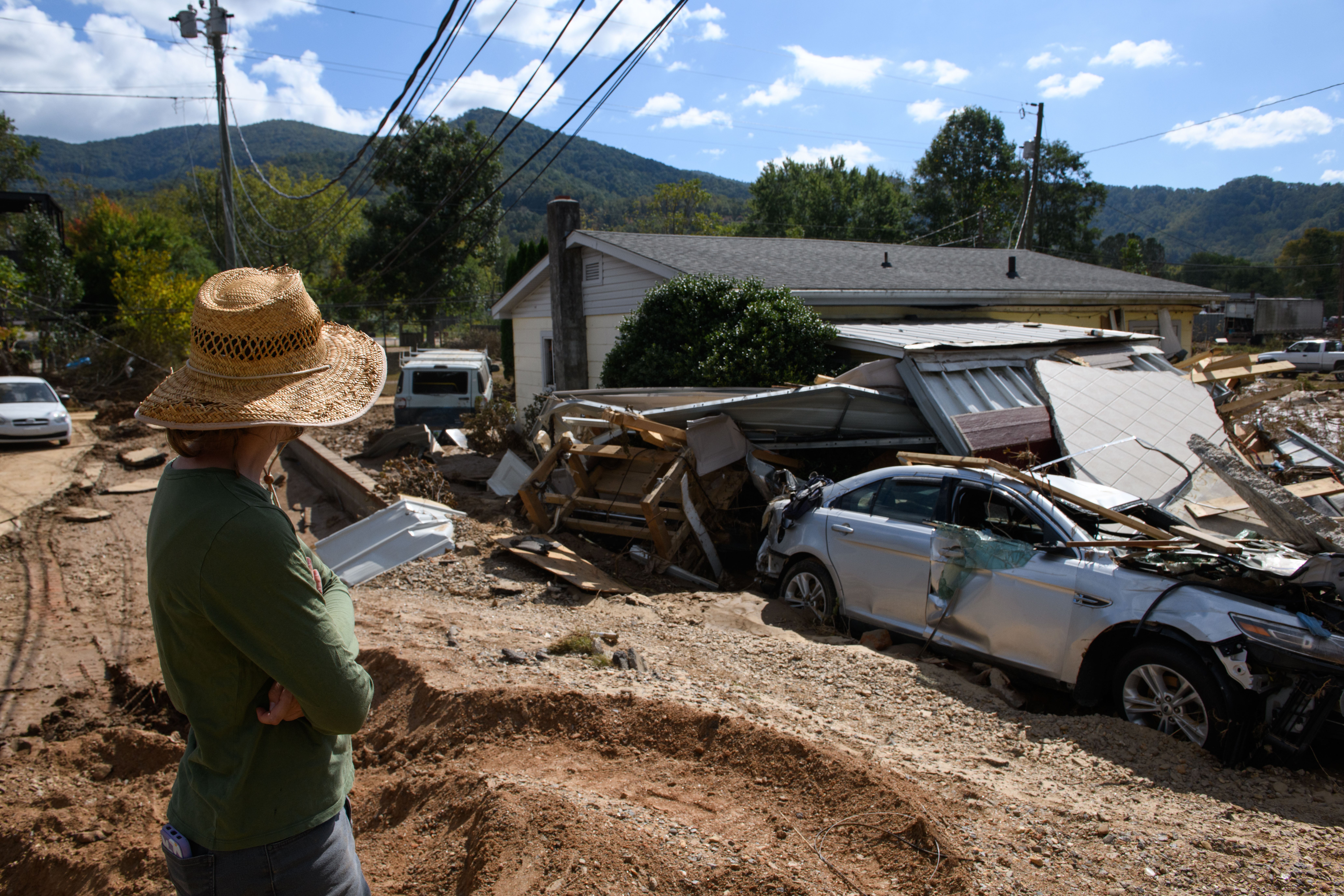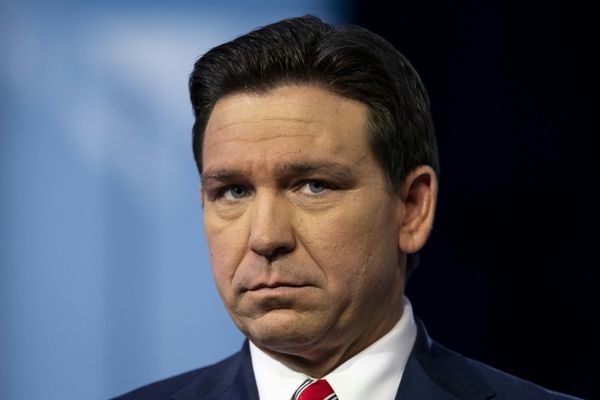Climate change is projected to erase some $1.47 trillion in U.S. home values over the course of just the next three decades.
It should come as no shock that the reduction is primarily driven by the rising cost of insurance and exposure to severe weather events, resulting in an increase in the cost of owning a home. Forecasters have been warning about climate change-linked migration for years.
“While the Sun Belt region is the most dramatic example of this phenomena, insurance markets responding to the increasing awareness of climate risk are materially changing the calculus behind home ownership and the desirability of entire communities across the country,” the climate risk financial modeling company First Street said in a report released on Monday.
“Thus, climate change is disrupting established patterns of migration,” it said.
Residential real estate is the foundation of the U.S. economy, valued at $50 trillion. The housing industry’s combined contribution to the country’s GDP generally averages between 15 and 18 percent, according to the National Association of Home Builders.
Historically, trends have shown that places with combined cost home ownership and quality of life have grown faster than areas with less to offer. Moving to the Sun Belt suburbs was often a way of achieving the dream of owning a home. Since 1980, its three largest states – Texas, Florida, and California – have taken in more than 40 percent of the nation’s $2.8 trillion in natural disaster costs.
Now, the company noted, regional desirability is being shaped by climate change, including rising sea levels and intensifying storms and flooding.

These events result in unprecedented levels of property damage that lead insurance providers to increase premiums or even withdraw from high-risk areas like wildfire-ravaged Southern California. It’s a “feedback loop” that alters traditional patterns.
By 2055, First Street estimates that unrestricted risk-based insurance pricing would drive a 29.4 percent increase in average payments to keep a policy active. And, by the same year, the group projects that more than 55 million Americans will voluntarily relocate within the U.S. to areas that are less vulnerable to climate change. Furthermore, over 70,000 neighborhoods may experience some form of negative property value impacts from climate risk.

Over time, these chronic concerns create additional financial burdens, like utility rates increasing and rising maintenance costs. The burdens and shifts will result in “serious impacts that ripple through communities.”
“Ultimately, environmental stressors and associated rising homeownership costs are together reshaping home values,” First Street said.







